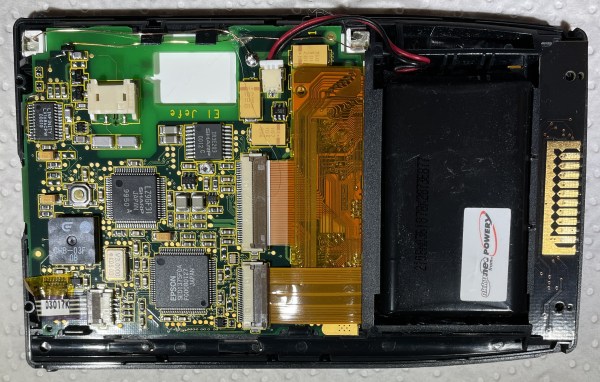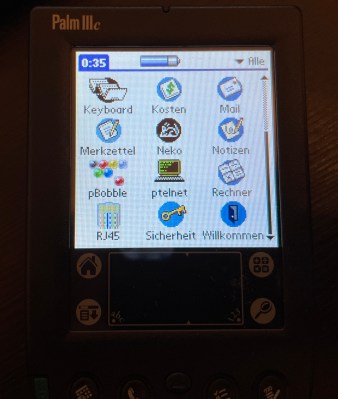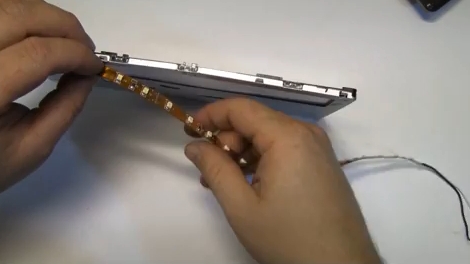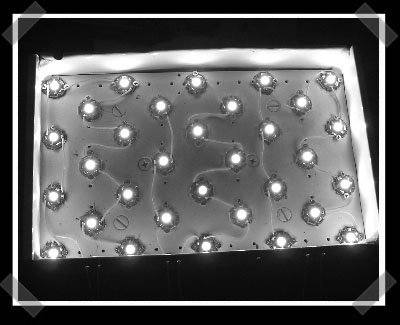LCD televisions are a technological miracle, but if they have an annoying side it’s that some of them are a bit lacklustre when it comes to displaying black. [Mousa] has a solution, involving a small LCD and a bit of lateral thinking.
These screens work by the LCD panel being placed in front of a bright backlight, and only letting light through at bright parts of the picture. Since LCD isn’t a perfect attenuator, some of the light can make its way through, resulting in those less than perfect blacks. More recent screens replace the bright white backlight with an array of LEDs that light up with the image, but the electronics to make that happen are not exactly trivial.
The solution? Find a small LCD panel and feed it from the same HDMI source as a big panel. Then place an array of LDRs on the front of the small LCD, driving an array of white LEDs through transistor drivers to make a new responsive backlight. We’re not sure we’d go to all this trouble, but it certainly looks quite cool as you can see below the break.
This may be the first responsive backlight we’ve brought you, but more than one Ambilight clone has graced these pages.
Continue reading “Responsive LCD Backlights With A Little Lateral Thinking”
















